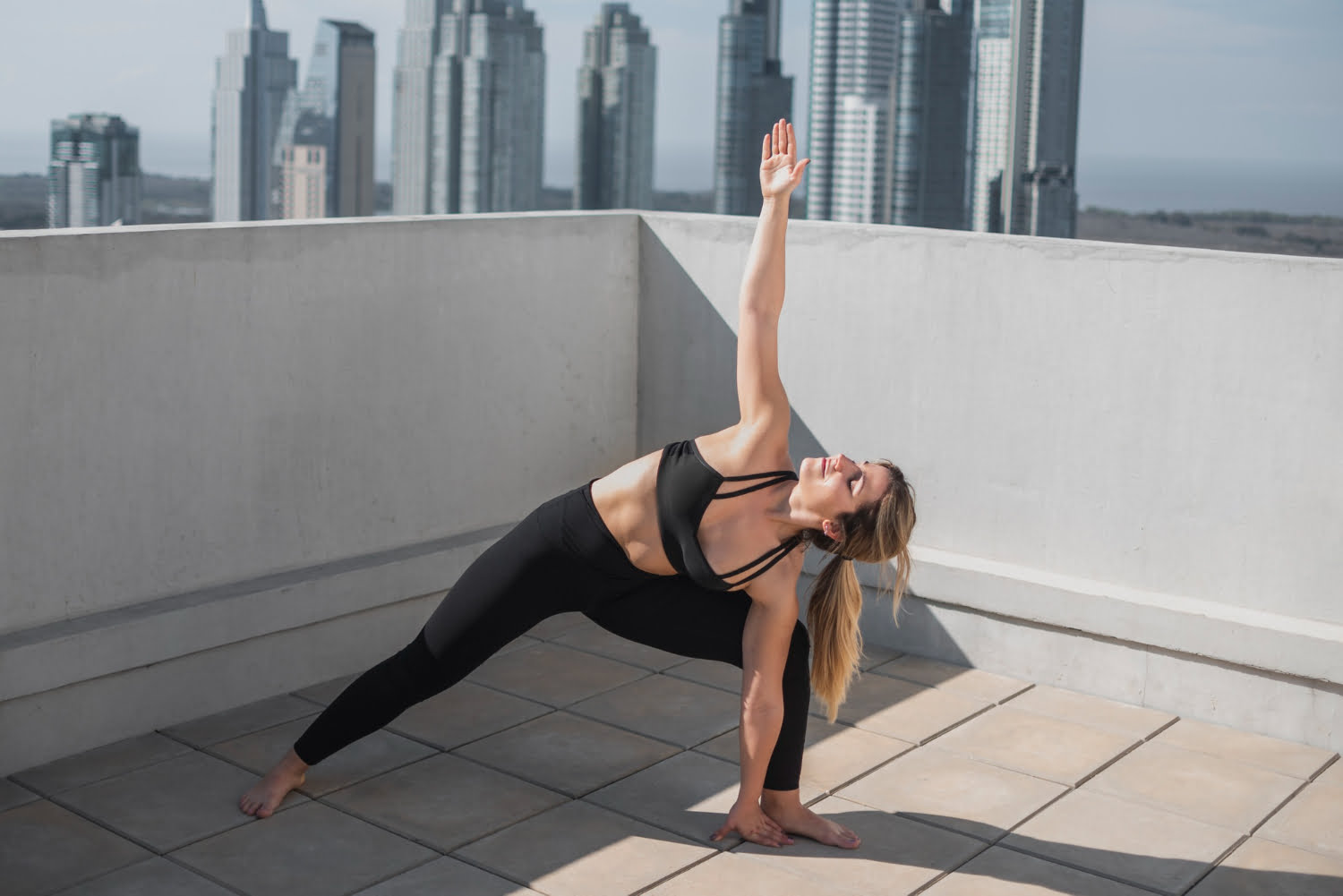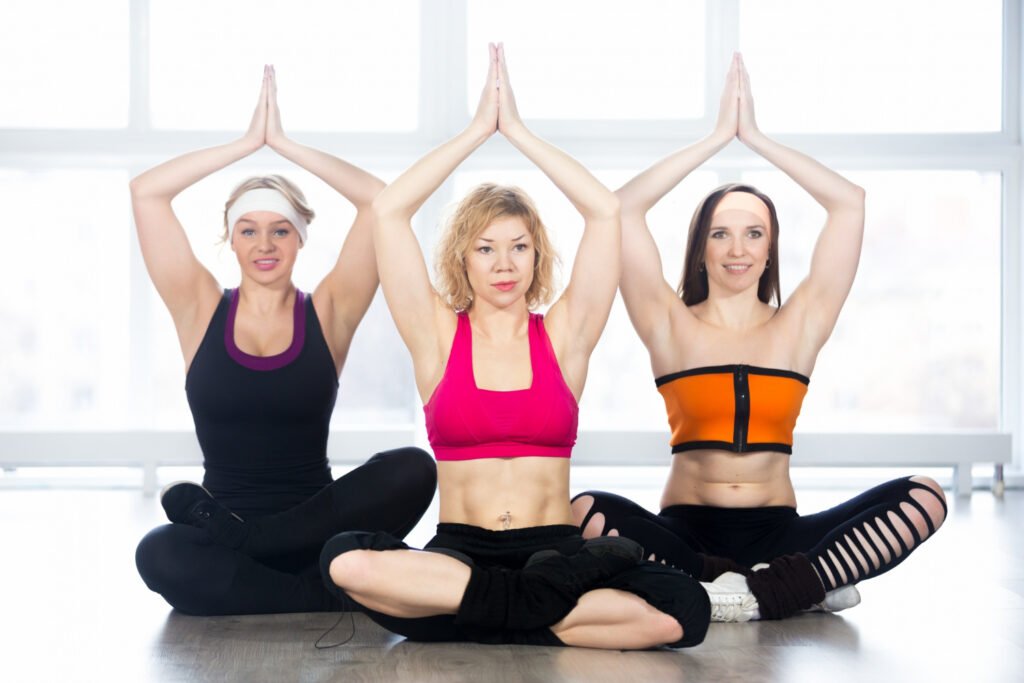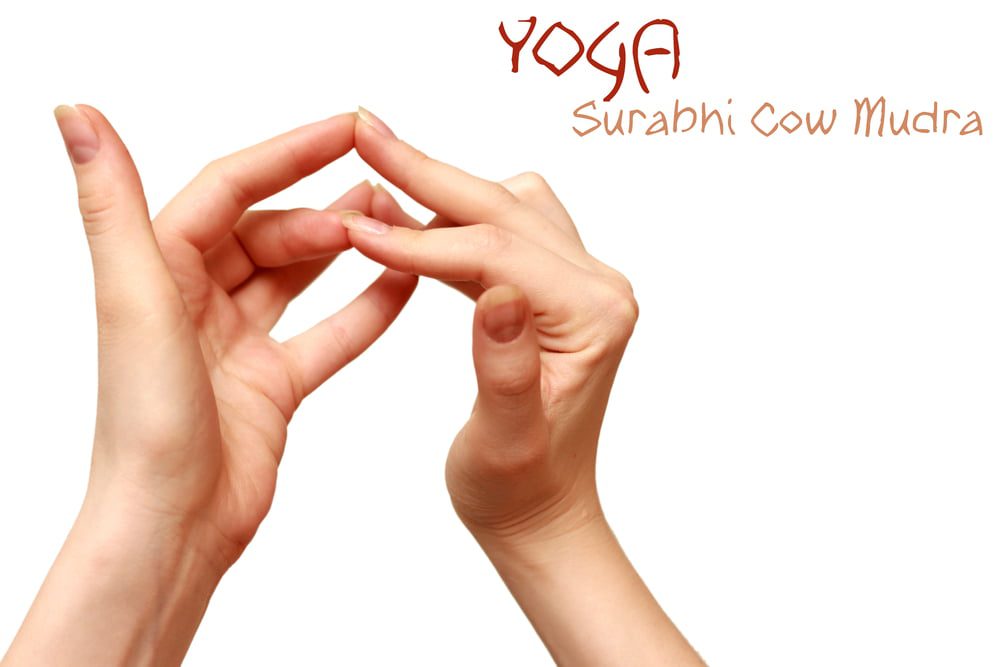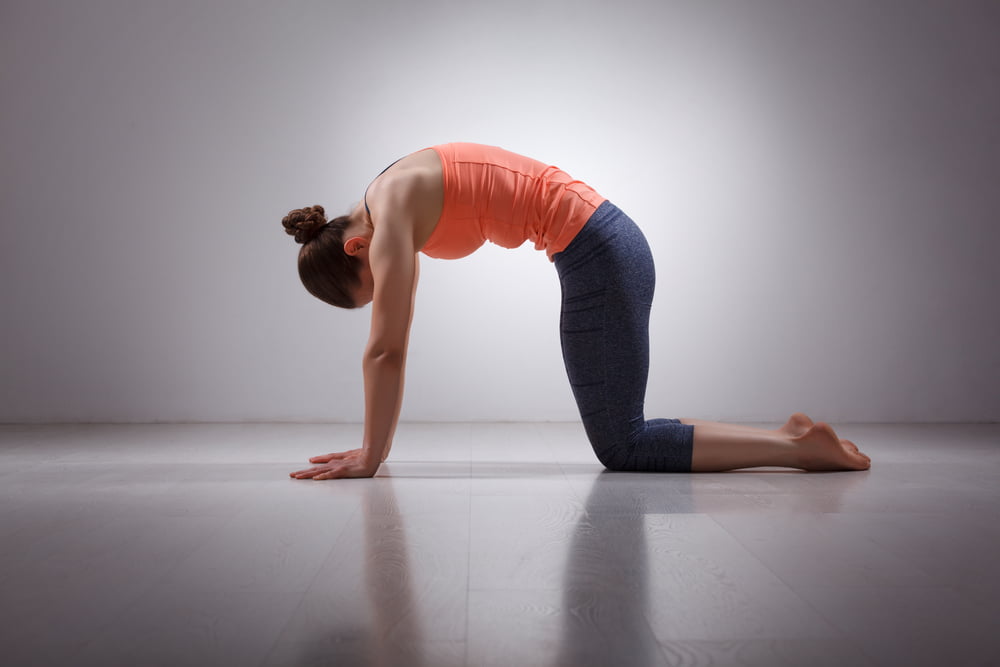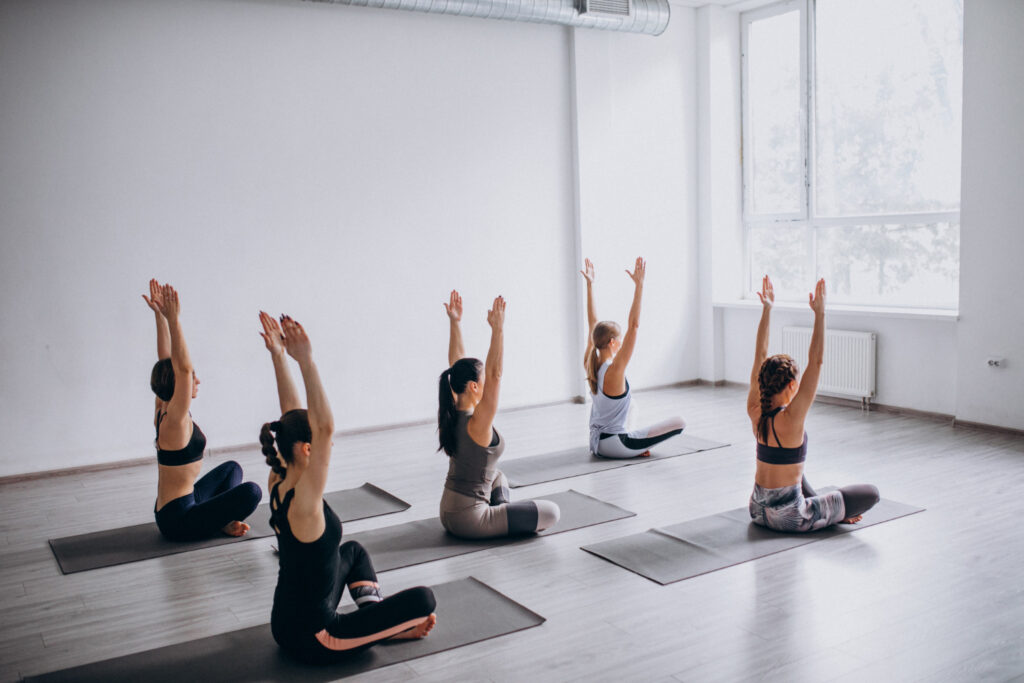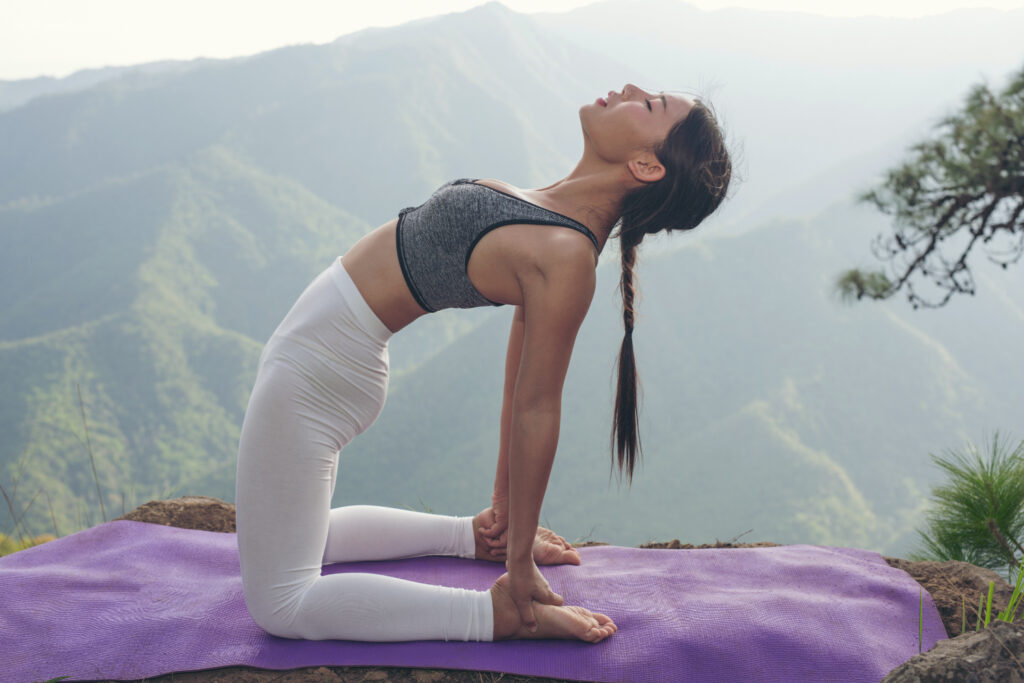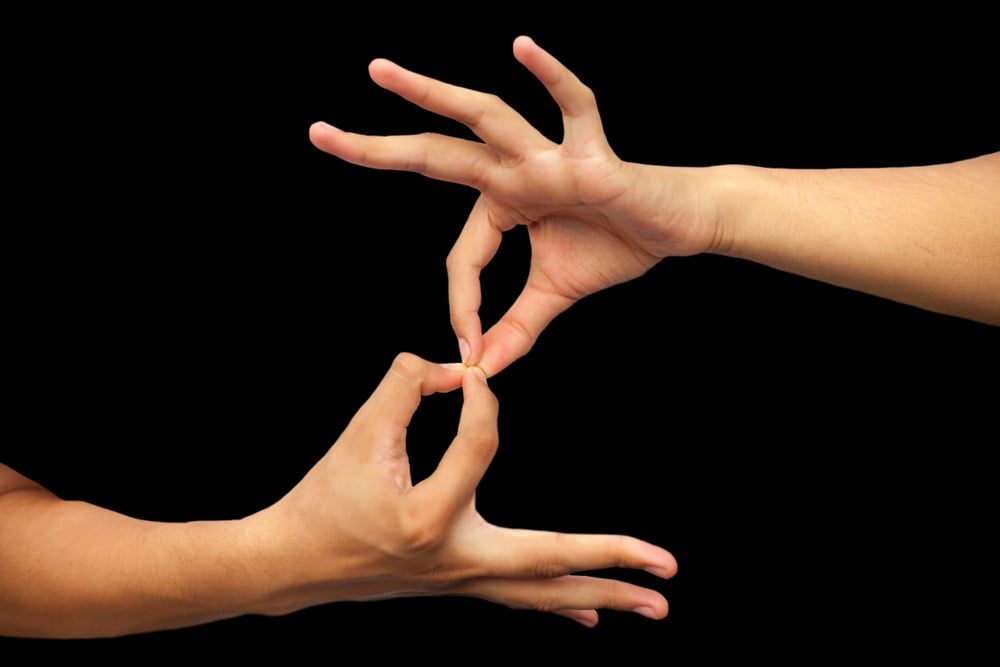In the realm of yoga, each posture holds its unique significance, offering a plethora of physical, mental, and spiritual benefits. Falling Star, also known as Fallen Triangle or Fallen Triangle Pose, is one such pose that combines elements of balance, strength, and flexibility. In this comprehensive guide, we will delve into the nuances of the Falling Star yoga pose, exploring its benefits, the correct way to perform it, precautions to consider, common mistakes to avoid, and scientific evidence supporting its efficacy.
Understanding Falling Star Yoga Pose.
Falling Star is a variation of the traditional Triangle Pose (Trikonasana) and requires a blend of stability and grace to execute properly. In this pose, practitioners emulate the graceful descent of a falling star, extending one arm towards the ground while the other reaches skyward, creating a beautiful diagonal line with the body.
Benefits of Falling Star Yoga Pose.
1. Improved Balance and Stability: The asymmetrical nature of Falling Star challenges the practitioner to engage core muscles and stabilize their body, thereby enhancing balance and coordination.
2. Enhanced Flexibility: Stretching the body in opposite directions promotes flexibility in the spine, shoulders, hamstrings, and hips.
3. Strengthens Muscles: Holding the pose strengthens the legs, arms, shoulders, and core muscles, contributing to overall muscular endurance and tone.
4. Stress Relief: Like many yoga poses, Falling Star encourages deep breathing and mindfulness, promoting relaxation and reducing stress levels.
5. Opens the Heart Center: The expansive nature of the pose opens the chest and heart center, fostering a sense of openness and emotional release.
How to Perform Falling Star Yoga Pose?
1. Start in Mountain Pose (Tadasana): Stand tall with feet hip-width apart, arms at your sides, and palms facing forward.
2. Step Back: Take a large step back with your left foot, keeping both feet firmly rooted to the ground.
3. Extend Arms: Inhale as you extend your arms parallel to the ground, palms facing down.
4. Shift Weight: Exhale and shift your weight onto your right foot as you hinge at the hips and reach your left hand towards the ground, extending your right arm towards the sky.
5. Engage Core: Keep your core engaged and gaze towards your right fingertips, maintaining a straight line from head to heel.
6. Hold and Breathe: Hold the pose for 3-5 breaths, then gently release and return to Mountain Pose. Repeat on the opposite side.
Precautions.
– Avoid practicing Falling Star if you have any recent or chronic injuries, especially to the knees, hips, or shoulders.
– Listen to your body and only go as far into the pose as feels comfortable. Avoid overexertion or pushing beyond your limits.
– If you have high blood pressure or vertigo, practice with caution and consider modifying the pose by using a block for support or keeping a slight bend in the extended knee.
Common Mistakes to Avoid.
1. Overarching the Lower Back: Maintain a neutral spine throughout the pose to avoid excessive pressure on the lumbar spine.
2. Collapsing the Chest: Keep the chest open and lifted to maximize the stretch through the shoulders and chest.
3. Locking the Knees: Keep a soft micro-bend in the extended knee to avoid hyperextension and protect the joint.
4. Forcing the Stretch: Ease into the pose gradually and avoid forcing the body into a deeper stretch than it is ready for.
5. Neglecting Alignment: Pay attention to the alignment of the feet, ensuring they are parallel to each other and the front foot points forward.
Scientific Evidence.
While scientific research specifically on Falling Star pose may be limited, numerous studies have highlighted the benefits of yoga for physical and mental well-being. A study published in the Journal of Alternative and Complementary Medicine found that regular yoga practice can improve balance, flexibility, and mood, which are all key components of Falling Star pose.
Frequently Asked Questions.
Falling Star can help alleviate back pain by strengthening the core muscles and improving posture, but it’s essential to practice with proper alignment and avoid overexertion.
Pregnant individuals should consult with their healthcare provider before practicing Falling Star or any other yoga poses, especially during the second and third trimesters.
Aim to hold Falling Star for 3-5 breaths on each side, gradually increasing the duration as your strength and flexibility improve.
Bottom Line.
Falling Star yoga pose offers a myriad of benefits for practitioners of all levels, from improved balance and flexibility to stress relief and emotional release. By following proper alignment, listening to your body, and practicing mindfully, you can experience the transformative power of this graceful and empowering posture.
How we reviewed this article:
Our team of experts is always monitoring the health and wellness field, ensuring that our articles are updated promptly as new information emerges. See Our Editorial Process
May 13, 2025
Written By: Sharon LeBow
Reviewed By: Katy Insley
Written By: Sharon LeBow
Reviewed By: Katy Insley

 Workout
Workout
 Meditation
Meditation





 Contact Us
Contact Us

